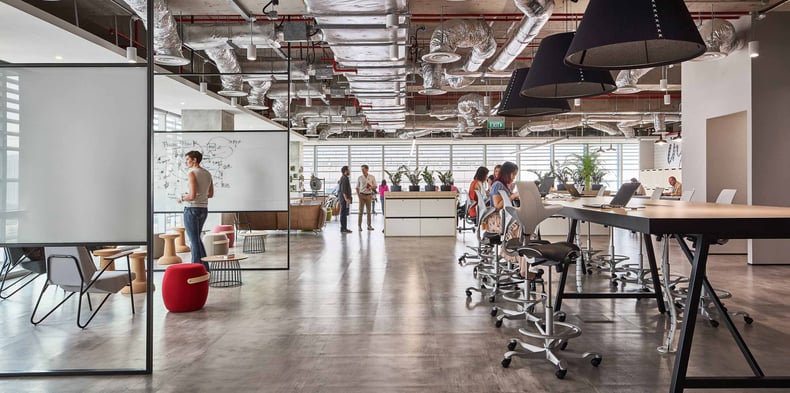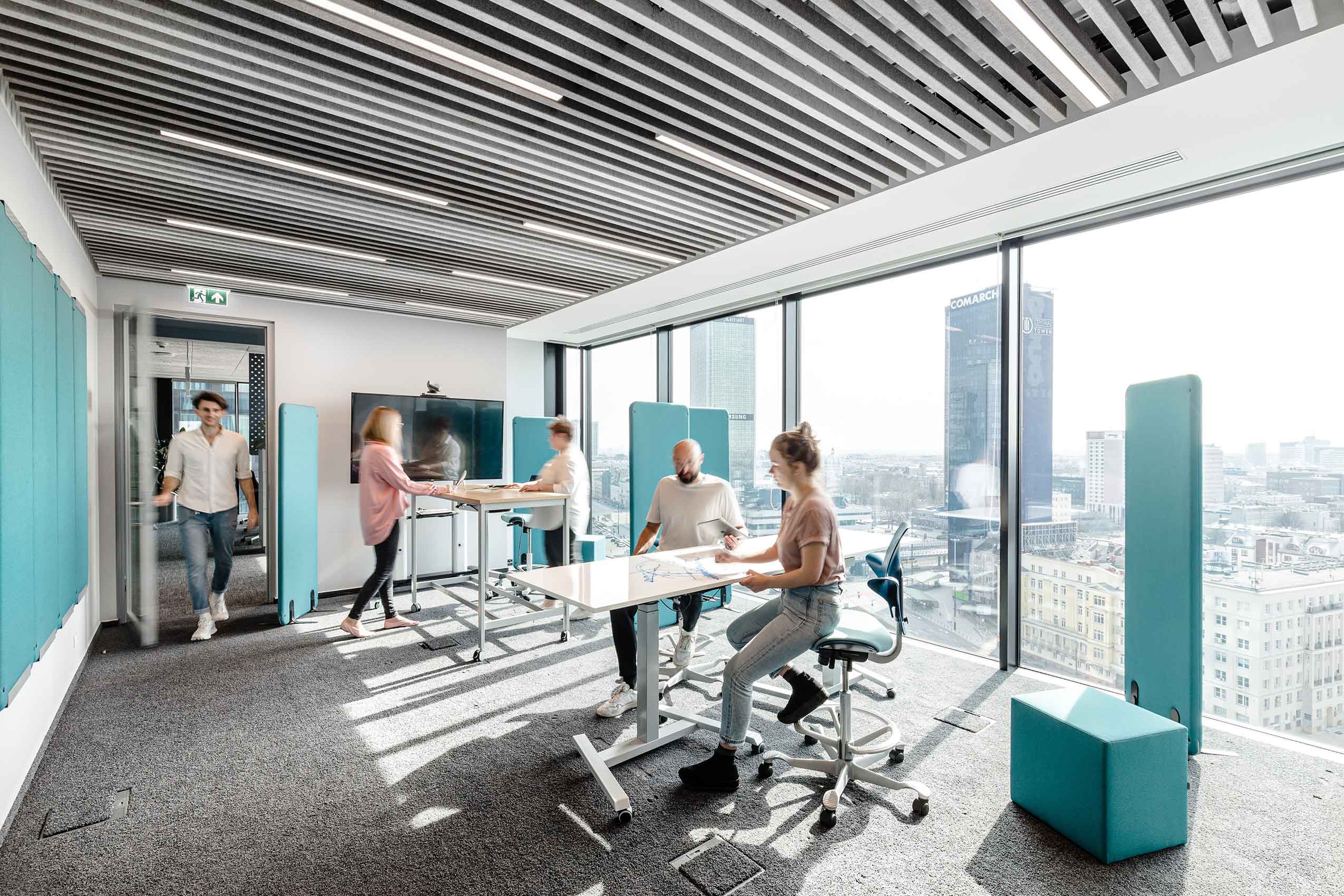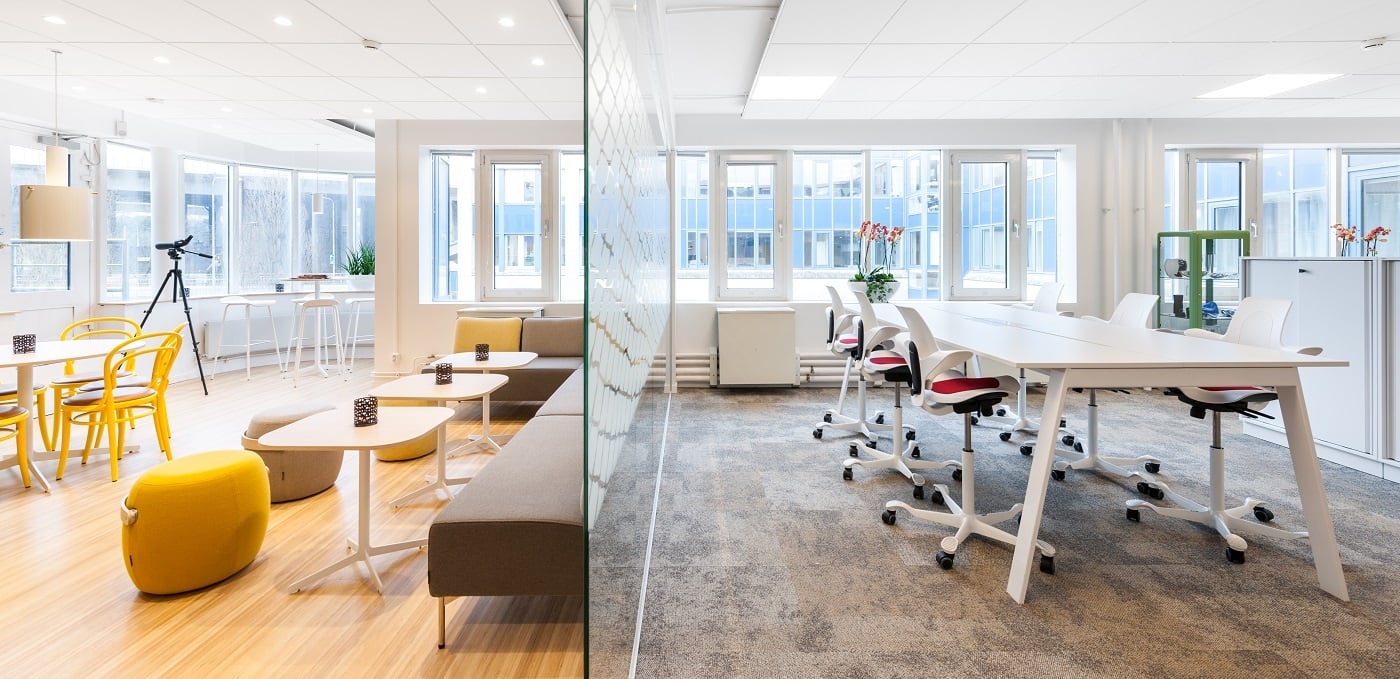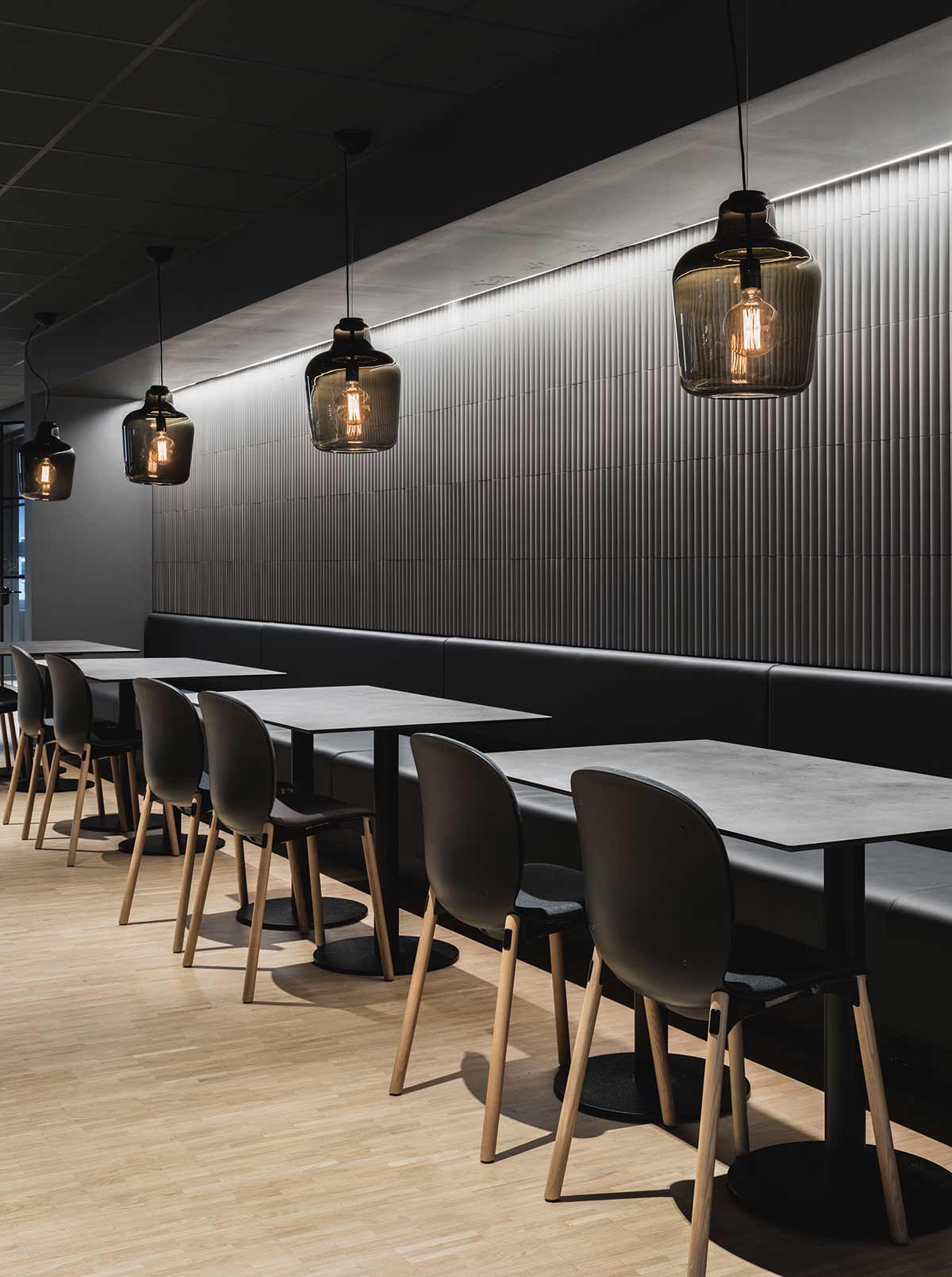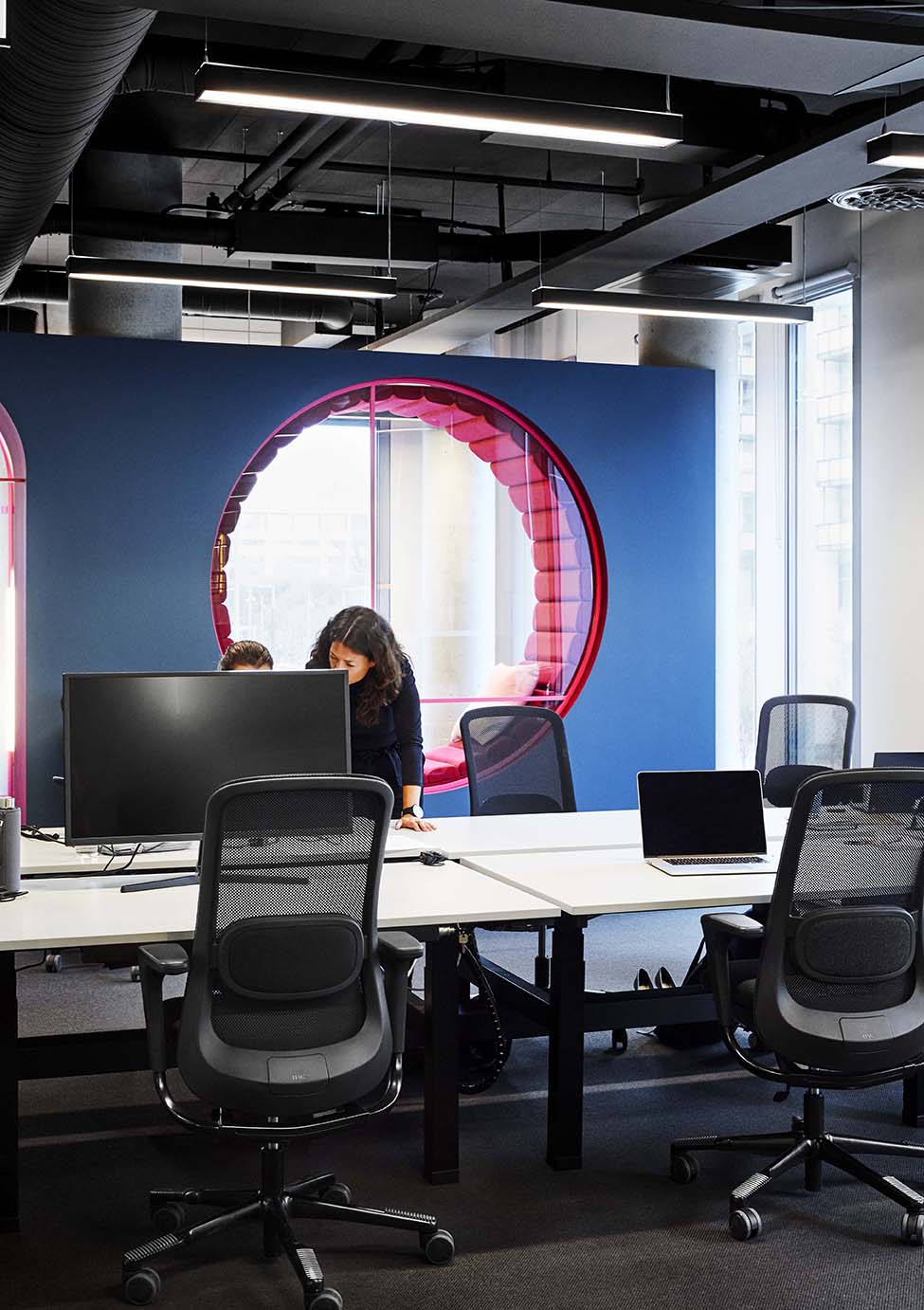Wherever you work from, ensuring optimal working conditions is an effective way to inspire productivity, creativity and focus in yourself, your employees, or your colleagues. From the air you breathe to the arrangement of your furniture, there is a whole range of metrics that induce natural biological responses, which can be harnessed to do better, more effective work.
In this article, we explore the impact of light, and what steps you can take to optimise your workplace design through the best use of light.
Let there be light
It’s almost a given that your workspace should be bathed in light. It is pretty difficult for normally sighted individuals to work well in the dark and we have all been warned about staring at bright screens in poorly lit rooms, but apparently there is a bit more to it than that.
Speaking on his podcast, American neuroscientist and Stanford University professor Dr. Huberman notes the biological impact light has on your body, and how the right light conditions can induce better focus and productivity. For the first six to nine hours after waking up, your brain is producing high levels of dopamine and epinephrine, which establish a unique state of alertness – caffeine, or not.
This state can be maintained by providing high levels of light, especially overhead light. This is because eye neurons are mainly enriched in the lower half of your retinas, which view the upper field of vision. Keeping your upper field of vision light therefore causes the continued release of chemicals, to facilitate more focus.
Optimising your workspace
Sunlight is the king when it comes to overhead lighting, but it’s not always the most practical. In the office, it is worth investing in high quality overhead lighting that maintains bright full coverage of areas where focused work will take place.
Where you can take advantage of sunlight, place desks as close to windows as possible, but do think about the daily progression of the sun and any impact it may cause when it comes to screen glare or shining into people’s eyes. If you can open your window, then even better, as closed windows can be up to 50 times less effective than open windows due to the filtering of blue light, which is key to the process.
If you work from home, make sure your ceiling light is appropriate. Many homes are designed with more mood lighting, with some shades reducing overhead light to a more relaxed ambience. Consider switching out to a brighter fitting to help bump up your natural chemical production.
It is important to get the balance and type of light right, especially as peoples light sensitivity can differ. Contrary to popular believe overly bright fluorescent or halogen lighting cannot cause migraines, but it does seem to make regular sufferers feel worse, and can negatively effect the ambience of poorly designed workspaces. LED lighting is a good choice as not only is it more energy-efficient and longer lasting, it can be easily dimmed to adjust to the right level.
Read - Tips for designing your own home office
